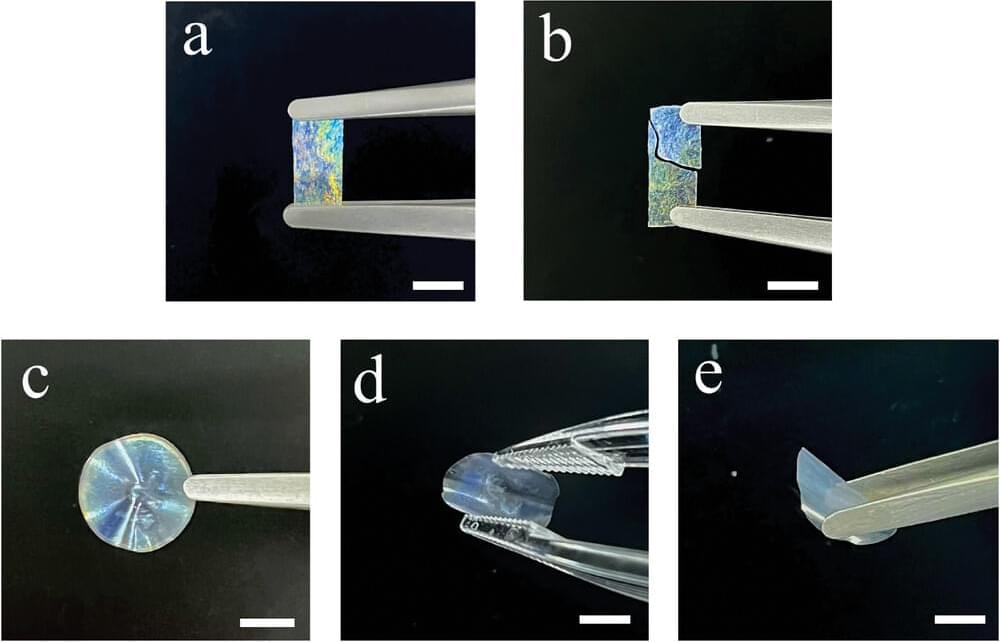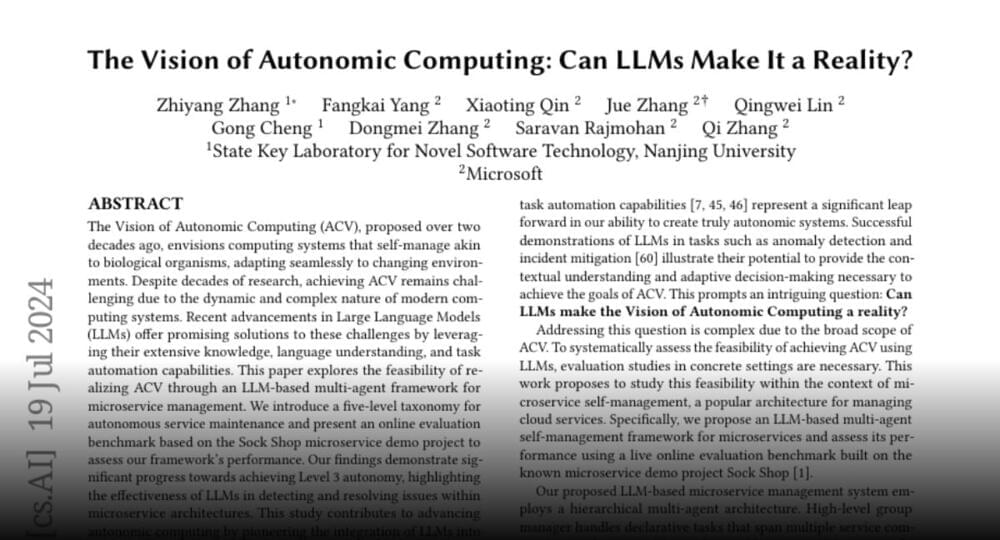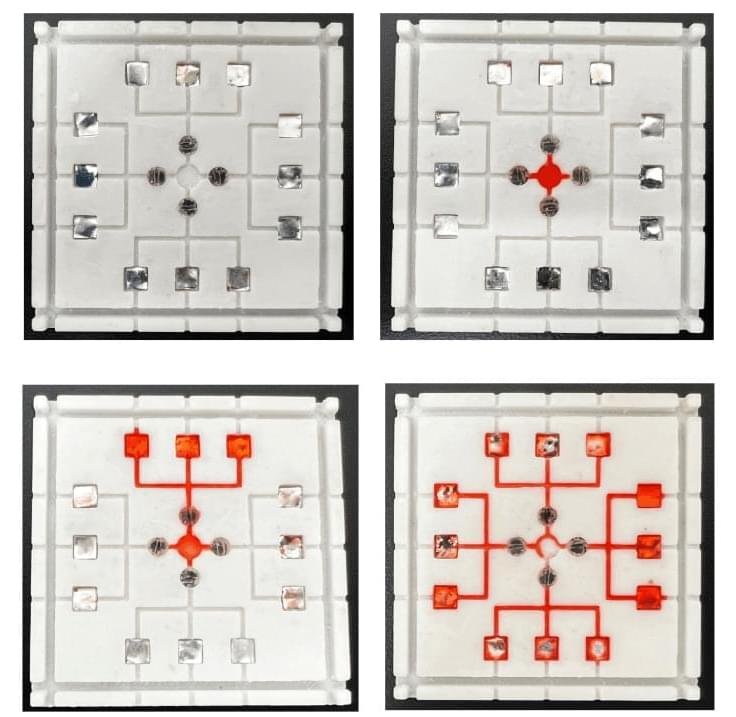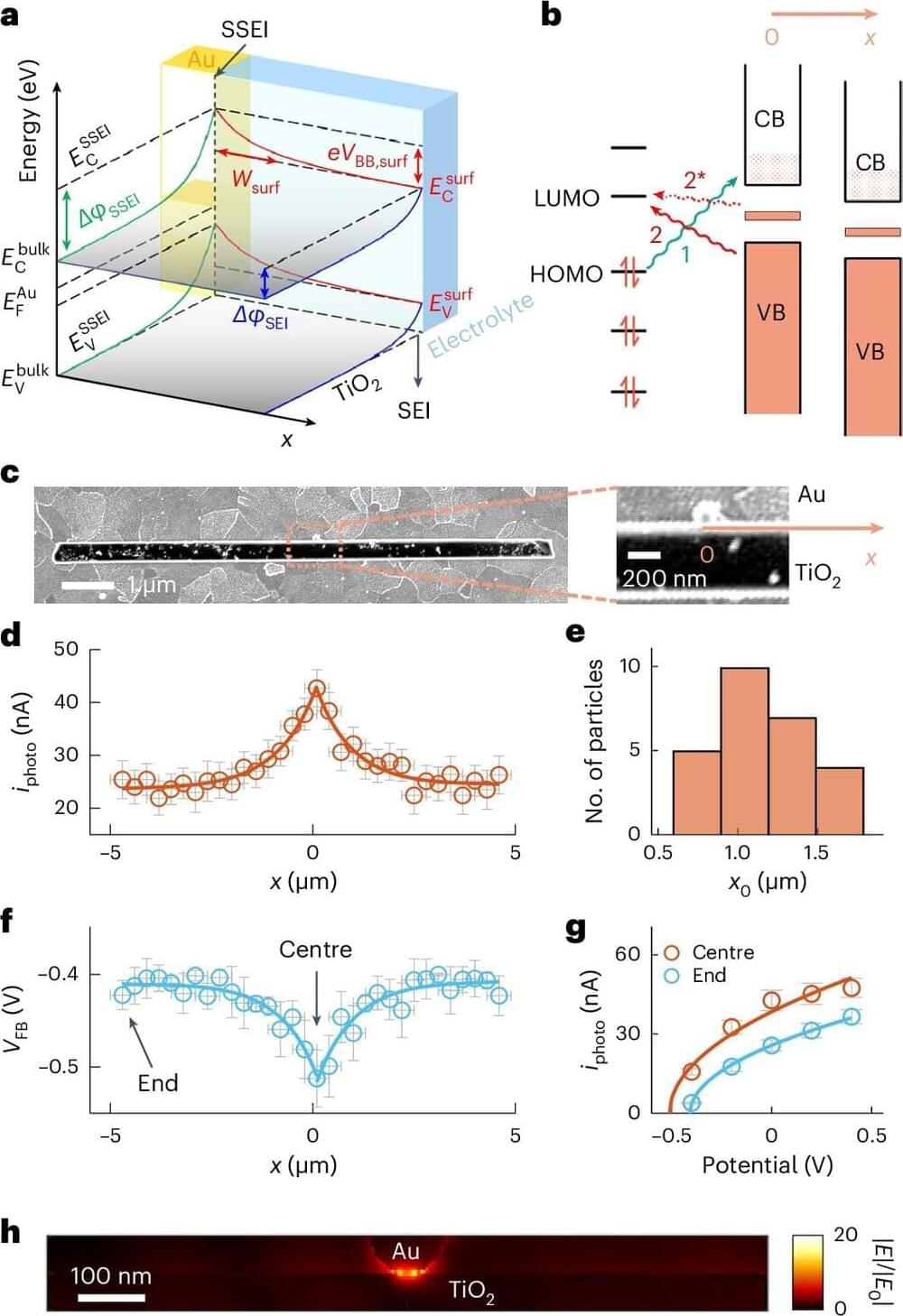My latest video about the work of Dr. Robert Enzmann. The Pulse Starship is the ultimate generation ship, capable of carrying thousands of colonists at thousands of kilometers per second!
Check it out!
#space #nasa #interstellar.
Please support my NEW PATREON CHANNEL! AS LITTLE AS 10 CENTS A DAY!!
DISCORD MEMBERSHIP, EXCLUSIVE CONTENT AND EARLY RELEASES PLUS 15% OFF MERCH!
/ angryastronaut.
https://www.paypal.com/paypalme/Angry…
Follow me on twitter:
/ astro_angry.
Support Hazegrayart and Nick Stevens!!







